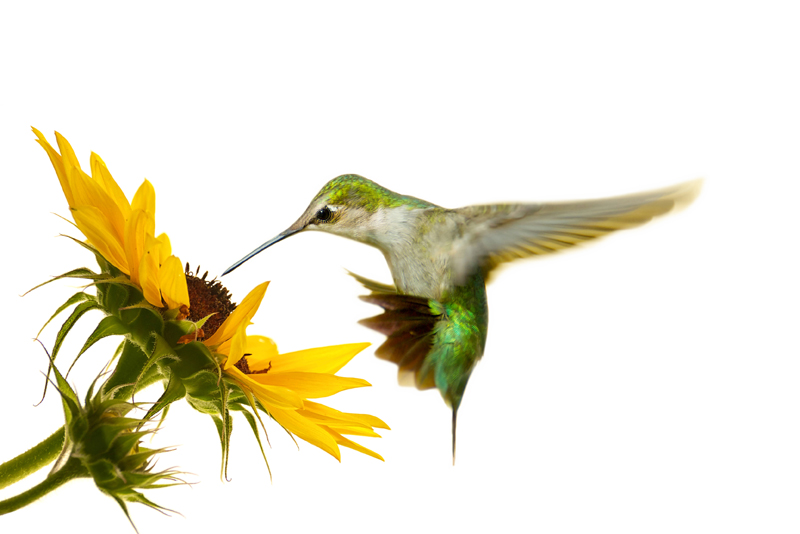Versatile Fabric Selvages

Who would have thought that those tightly woven fabric edges - known as the fabric warp edges, that run the entire length on each side of woven textiles, would be useful for much of anything?
Selvages (or selvedge or self-edges) occur during the fabric weaving process when crosswise threads, called weft threads, must turn back and forth from edge to edge as they are woven along and through the length of the long warp threads. Small loops are formed at the very end of each crosswise pass that neatly keep the fabric's edges from unraveling. Selvage edges are usually less than 3/4 of an inch wide with most much narrower in width.
Many selvages are composed of the same threads and coloration as the fabric, sometimes though they are white so that important information as to the manufacturer’s name, sometimes the designer’s name, and the named print or line may be easily identifiable. Often small colorful circles are included on the selvages that contain the base colors of the prints and as registration marks to help insure alignment of printed designs are accurate. These color circles make it easy for matching coordinating fabrics from the same manufacturer.
The selvage edges of fabric are slightly thicker and tightly woven as the weft threads must continuously loop back along the warp thread ends during the weaving process. Compared to the body of the fabric these edges may feel stiff and are usually avoided during pattern placement although they can be useful if placed as a hem edge or along a straight line of a pattern piece where ease is not an issue.
No longer relegated to the waste basket, cut off selvages can be used as a structural component in place of traditional twill tape for stabilizing shoulder or any seam crossings that will experience a lot of stress, used as a casing for ribbon or cording, in place of facings for simple neckline or armhole edges, and as strong fabric ties. Lengths of various selvages can be stitched together along their long edges to form their own sturdy fabric yardage and made into any number of useful and functional items. They are striking when used in string quilting for when assembled they showcase unique geometric designs.
Consider the following when using selvages:
Collect cut fabric selvages (leave some fabric attached) to eventually sew together and make colorful yardage. Sew selvages together by overlapping and stitch or stitch to a muslin-like foundation piece.
A selvage edge can pucker or shrink slightly compared to the body of the fabric during laundering and may distort the finished item so it is important to launder, dry and steam iron to coax the selvages to lie flat either before or after sewing them together.
Alternatively, iron-on interfacing can be applied cut as large as the finished sewn together selvage pieces for support.
Use nearly invisible monofilament thread if desired to preserve the unique printed information visible on some.
Besides being environmentally considerate and economically prudent, items made from the colorful fabric edges are always unique for sure and a delight to construct. Selvages can be made into potholders, used as upholstery fabric for chair and ottoman covers, sturdy totes, woven into placemats or mug mats, unique as wall hangings as well as sewn into any number of scrap happy sewing projects.
Fabric Selvages found on Pinterest.com
Sew happy, sew inspired.
Selvages (or selvedge or self-edges) occur during the fabric weaving process when crosswise threads, called weft threads, must turn back and forth from edge to edge as they are woven along and through the length of the long warp threads. Small loops are formed at the very end of each crosswise pass that neatly keep the fabric's edges from unraveling. Selvage edges are usually less than 3/4 of an inch wide with most much narrower in width.
Many selvages are composed of the same threads and coloration as the fabric, sometimes though they are white so that important information as to the manufacturer’s name, sometimes the designer’s name, and the named print or line may be easily identifiable. Often small colorful circles are included on the selvages that contain the base colors of the prints and as registration marks to help insure alignment of printed designs are accurate. These color circles make it easy for matching coordinating fabrics from the same manufacturer.
The selvage edges of fabric are slightly thicker and tightly woven as the weft threads must continuously loop back along the warp thread ends during the weaving process. Compared to the body of the fabric these edges may feel stiff and are usually avoided during pattern placement although they can be useful if placed as a hem edge or along a straight line of a pattern piece where ease is not an issue.
No longer relegated to the waste basket, cut off selvages can be used as a structural component in place of traditional twill tape for stabilizing shoulder or any seam crossings that will experience a lot of stress, used as a casing for ribbon or cording, in place of facings for simple neckline or armhole edges, and as strong fabric ties. Lengths of various selvages can be stitched together along their long edges to form their own sturdy fabric yardage and made into any number of useful and functional items. They are striking when used in string quilting for when assembled they showcase unique geometric designs.
Consider the following when using selvages:
Collect cut fabric selvages (leave some fabric attached) to eventually sew together and make colorful yardage. Sew selvages together by overlapping and stitch or stitch to a muslin-like foundation piece.
A selvage edge can pucker or shrink slightly compared to the body of the fabric during laundering and may distort the finished item so it is important to launder, dry and steam iron to coax the selvages to lie flat either before or after sewing them together.
Alternatively, iron-on interfacing can be applied cut as large as the finished sewn together selvage pieces for support.
Use nearly invisible monofilament thread if desired to preserve the unique printed information visible on some.
Besides being environmentally considerate and economically prudent, items made from the colorful fabric edges are always unique for sure and a delight to construct. Selvages can be made into potholders, used as upholstery fabric for chair and ottoman covers, sturdy totes, woven into placemats or mug mats, unique as wall hangings as well as sewn into any number of scrap happy sewing projects.
Fabric Selvages found on Pinterest.com
Sew happy, sew inspired.

Related Articles
Editor's Picks Articles
Top Ten Articles
Previous Features
Site Map
Content copyright © 2023 by Cheryl Ellex. All rights reserved.
This content was written by Cheryl Ellex. If you wish to use this content in any manner, you need written permission. Contact Cheryl Ellex for details.







